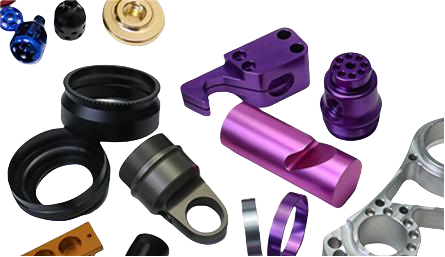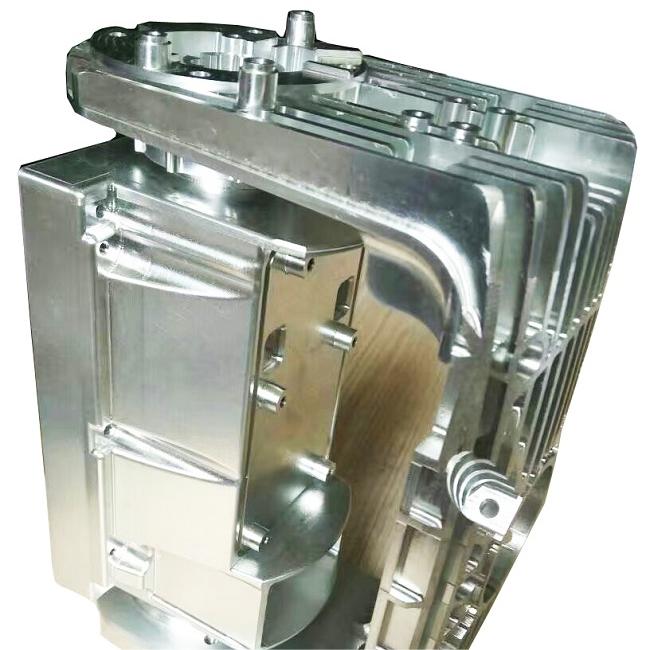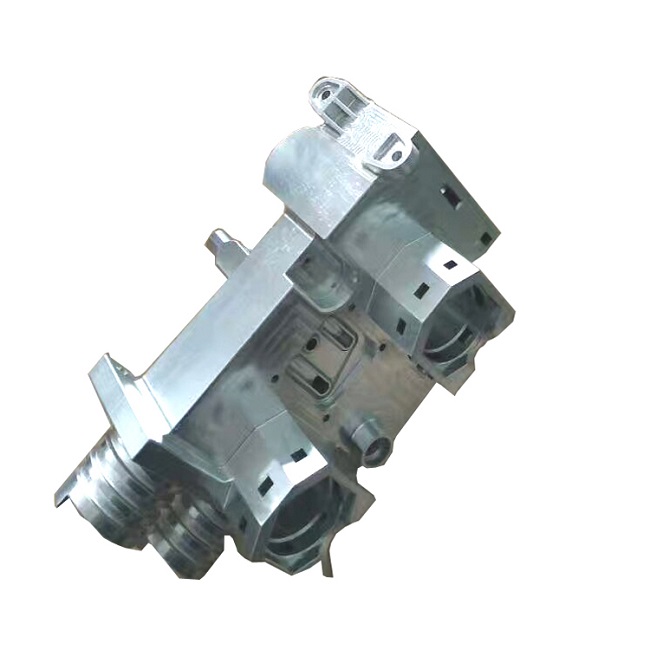CNC machining, standing for Computer Numerical Control machining, is synonymous with precision in the world of manufacturing. The marriage of advanced technology, cutting-edge software, and the versatility of metal materials has propelled CNC machining to the forefront of modern engineering. In this exploration, we unravel the intricate mechanisms through which CNC machining achieves precision when working with metal materials, dissecting the pivotal factors that contribute to accuracy, repeatability, and the seamless creation of intricate components.

1. Computerized Control: The Digital Symphony of Precision
1.1 Axis Control and Spatial Precision:
Examine how CNC machining harnesses computerized control to dictate the movement of cutting tools along multiple axes with unparalleled spatial precision.
1.2 Sub-Micron Accuracy:
Explore the sub-micron accuracy achieved by CNC machines, where movements are measured in fractions of a millimeter, allowing for meticulous detailing in metal machining.
1.3 Closed-Loop Systems:
Investigate the role of closed-loop systems in CNC machining, where real-time feedback mechanisms ensure constant adjustments for deviations, maintaining precision throughout the machining process.
2. The Role of CAD (Computer-Aided Design) and CAM (Computer-Aided Manufacturing):
2.1 Digital Blueprints:
Understand how precision begins with the creation of detailed digital blueprints using CAD software, where designers meticulously define every aspect of the metal component.
2.2 Seamless Translation to G-code:
Delve into the translation of design specifications into machine-readable code (G-code) through CAM software, a process that determines toolpaths, speeds, and feeds for the CNC machine.
2.3 3D Modeling and Simulation:
Explore the integration of 3D modeling and simulation in the design phase, allowing engineers to visualize the machining process and identify potential challenges before actual production.
3. Tooling Excellence: Selecting the Right Tools for the Job
3.1 Cutting Tools and Material Compatibility:
Examine how CNC machinists select cutting tools based on the specific characteristics of the metal material being machined, considering factors such as hardness, abrasiveness, and thermal conductivity.
3.2 High-Speed Machining:
Investigate the principles of high-speed machining, where CNC machines utilize cutting tools at elevated speeds without compromising precision, ensuring efficient material removal.
3.3 Toolpath Optimization:
Delve into the importance of toolpath optimization, where CNC software calculates the most efficient routes for cutting tools, minimizing tool wear, and enhancing overall machining precision.
4. Rigorous Quality Control Measures: Ensuring Precision at Every Stage
4.1 In-Process Monitoring:
Explore how CNC machines incorporate in-process monitoring, allowing real-time assessment of critical parameters to detect deviations and ensure adherence to precision standards.
4.2 Inspection Probes and Laser Scanning:
Investigate the use of inspection probes and laser scanning technologies, which enable CNC machines to verify dimensions, identify defects, and maintain precision throughout the production cycle.
4.3 Statistical Process Control (SPC):
Examine how statistical process control methodologies are employed to continuously monitor and control machining variables, contributing to consistent precision in metal machining.

5. Material Considerations: Adapting to Metal Properties
5.1 Thermal Stability:
Understand how CNC machines account for thermal stability, a critical factor when working with metals that undergo thermal expansion, contraction, and deformation during machining.
5.2 Material Hardness and Machinability:
Explore the correlation between material hardness and machinability, considering how CNC machining adjusts cutting parameters to accommodate variations in metal hardness.
5.3 Chip Control Strategies:
Investigate chip control strategies employed in CNC machining to prevent chip formation issues, reduce heat generation, and enhance overall precision during metal removal.
6. Continuous Advancements and Industry 4.0 Integration: Navigating the Future of Precision
6.1 Smart Manufacturing:
Examine how CNC machining integrates with the principles of Industry 4.0, leveraging smart technologies, data analytics, and connectivity to achieve unprecedented levels of precision and efficiency.
6.2 Predictive Maintenance:
Explore the implementation of predictive maintenance in CNC machining, where data-driven insights are utilized to anticipate and address potential issues before they impact precision.
6.3 Human-Machine Collaboration:
Investigate the evolving landscape of human-machine collaboration in CNC machining, where advanced interfaces and AI-driven systems enhance the capabilities of operators, contributing to precision.

Precision as an Art Form in Metal CNC Machining
In conclusion, precision in CNC machining with metal materials is not merely a technical feat but an intricate art form orchestrated by the seamless integration of advanced technologies and meticulous craftsmanship. From computerized control and digital design to tooling excellence, quality control measures, material considerations, and the ongoing integration of Industry 4.0 principles, CNC machining continues to redefine the boundaries of what is achievable in precision engineering. As technology advances, the journey towards greater precision in metal CNC machining unfolds, promising a future where accuracy, repeatability, and the artistry of manufacturing converge in harmonious precision.

